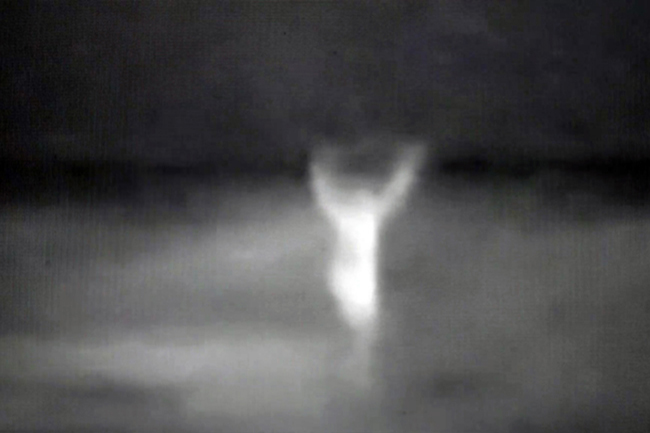Third Hand












THIRD HAND
“… Obviously, ‘Cheap Imitation’ lies outside of what may seem necessary in my work in general, and that’s disturbing. I’m the first to be disturbed by it.” (John Cage)
In his ongoing work „Third Hand“, (2014–) Nikolaus Gansterer intensely explores Merce Cunningham’s and John Cage’s collaboration on the piece „Cheap Imitation / Second Hand“ (1947–1977) and creates a series of re-interpretations of one of the artists’ key works, translating it into a spatial arrangement that comprises drawings, video, and installation.
Prelude: Eric Satie’s symphonic drama „Socrate“ (1919) was transcribed (due to copyright issues) in various steps by John Cage into „Cheap Imitation“ by using his famous I-Ging composition method and became the basis for the dance piece „Second Hand“ by his partner Merce Cunningham.
In the video work „Third Hand (Part 1&2)“, (2014), the very last version of Cage’s composition „Cheap Imitation“ (in an adaptation for violin in 1977) serves as a starting point for further visual and musical examinations, where the process of rehearsing and reworking and drawing the material becomes an essential part of the work itself. By following the formal structure of the composition (First/Second/Third Part) in correlation to the choreographic structure (Solo/Duet/Company), Gansterer collaborates with violinist Annelie Gahl to approach the piece using minimal means focussing on the violin and the drawing hand.
Here, Gansterer literally traces with two pencils all of the hand movements of the dancers thus drawing a dense score of erratic movements, whilst Annelie Gahl layers her recordings of the same take on top of one another. The last chapter of „Third Hand (Part 3)“ is still in the making and the entire cycle is being prepared for a live performance. A series of Gansterer’s detailed hand drawings on paper show the intense phase of rehearsing and learning the dancers’ entire movement vocabulary and translating it into a choreography for his two hands and pencils.
Gansterer’s research into the body of the work produced also an intricate three-dimensional model, „The Right Hand of the Second Hand, (Part I)“, 2014 where all of the dancer’s movements are materialized in wire at a scale of 1:1. By reflecting the fascinating complex history of the piece – which is “in fact itself something like a re-interpretation of a translation of an adaption”– Gansterer thematizes core questions of all artistic practice, such as originality, authenticity, and identity. The work clearly represents Gansterer’s research on “Choreo-graphic figures” and new forms of notation and transcription: “Translation is a mode” writes Walter Benjamin; “of inevitable transformations!” adds Nikolaus Gansterer.
Installation, mobile, object, drawings: Nikolaus Gansterer
Video in collaboration with violinist Annelie Gahl
Year: Since 2014
Dimensions: variabel
Materials: drawings on paper, mobile, objects, video installation, violin, …
Mobile assistance: Simona Koch
Sound recording: Tamara Wilhelm
Thanks to the Merce Cunningham Trust.
The work was kindly supported by BKA Bundeskanzleramt – Sektion Kunst/II/1
Exhibtion: Movement Matters, Kunstverein Goettingen, Goettingen Germany, 22 March – 4 May 2014.
Curated by Kordula Fritze.
Photos: Nikolaus Gansterer and Dario Srbic
Keywords: choreography, translation, three dimensional score, notation system, movement study, re-reinterpretation, John Cage, Merce Cunningham, gesture, materialisation
Review: – „Bewegung kurz mal festzurren“ Movement Matters in: Goettinger Tagblatt 25.03.2014 (in German)

